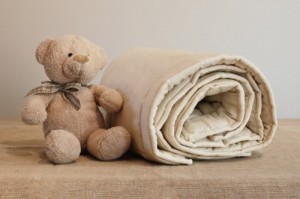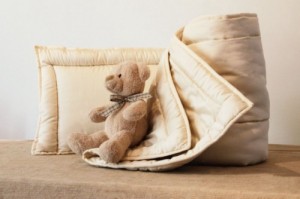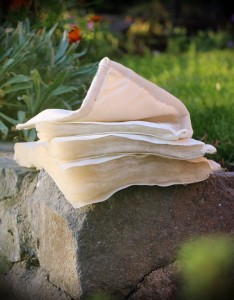We have all heard a lot of interesting facts and myths about wool. From ancient times in Europe, newborns were made to wear woolen socks, which let’s guess, was an unpleasant experience - woolen socks makes the feet itchy and uncomfortable. However, people have always believed in positive natural healing features of the wool, but does it really work?

Healing properties
Since ancient times people were using different animal’s wool in order to heal various diseases. For example, for acute exacerbation of radiculitis, people were tying rabbit furs or a dog wool scarf around the waist; for treating mastitis — breasts were bandaged with rabbit furs smeared in cream; to relieve joints pain people were wearing dog or camel wool socks and gloves.
It is believed that the healthiest clothes are sweaters made out of a rough goat or sheep wool. Rough wool improves skin and nervous system, blood circulation. It is advised to wear soft sheep or goat wool clothing for people with kidney disease.

Did you know that?
Every nation has a respect on a different animal’s wool, for example one prefer sheep’s wool, another - camel’s, third - dog’s, etc. Animal wool usually vary in softness, but the main wool features are very similar. Natural materials are the healthiest, because of their feature to adjust the temperature in order to make body feel comfortable, i.e., retain only as much heat as needed, but do not promote sweating or being cold. Wool absorbs up to 40 percent of moisture and prevents the body from cooling down quickly.

Wool for babies
In ancient times, people used baby cradles with sheepskin lining, which helped the babies to sleep more calm. Nowadays scientists agree that it is useful and healthy to use natural fibers for babies’ beds. Wool filled bedding creates an “airbag” protection, which prevents the skin of babies from overheating, sweating or drying out. The bacteriological tests showed that microorganisms do not reproduce in the fur of a healthy animal.
It is also advised to dress the newborns with woolen clothes, especially hats, socks and mittens, because natural wool products are suitable for a sensitive skin.
Feet are one of the most sensory-rich parts of the human body. The soles of baby’s feet are extremely sensitive to touch, and there are large concentrations of proprioceptors in the joints and muscles of the feet. Stimulating your newborn’s senses has been proven to help improve motor function, awareness, and even intelligence. Natural wool stimulates nerve endings and gives a positive effect, similar to acupuncture. What is more, it has been shown that the natural wool has pain-inhibiting, inflammation reducing, body-enhancing properties and the strongest therapeutic effect.

Wool care
Wool fiber has a rough surface, which is covered with small studs. When the wool is washed in the washing machine and dried in a dryer, those small studs grip one another, as a result — wool shrinks and felts up. In order to make wool washable in a washing machine, manufacturers cover wool hair with a thin layer of polymer. This makes wool hair soft and prevents from gripping. Care becomes much easier when wool is chemically treated, however, can we call wool natural when it is plastic-coated?
In the ancient times, women were washing wool products gently without rubbing in the lukewarm water with a natural soap. After rinsing, wool was gently pressed and laid horizontally in a warm environment. If you had to use home made wool products, you would probably know that hot water, long soaking and careless pushing damages natural wool products. This is the reason why nowadays home-made wool products are usually washed by hand or dry cleaned.
Post time: Feb-19-2021

